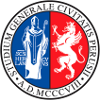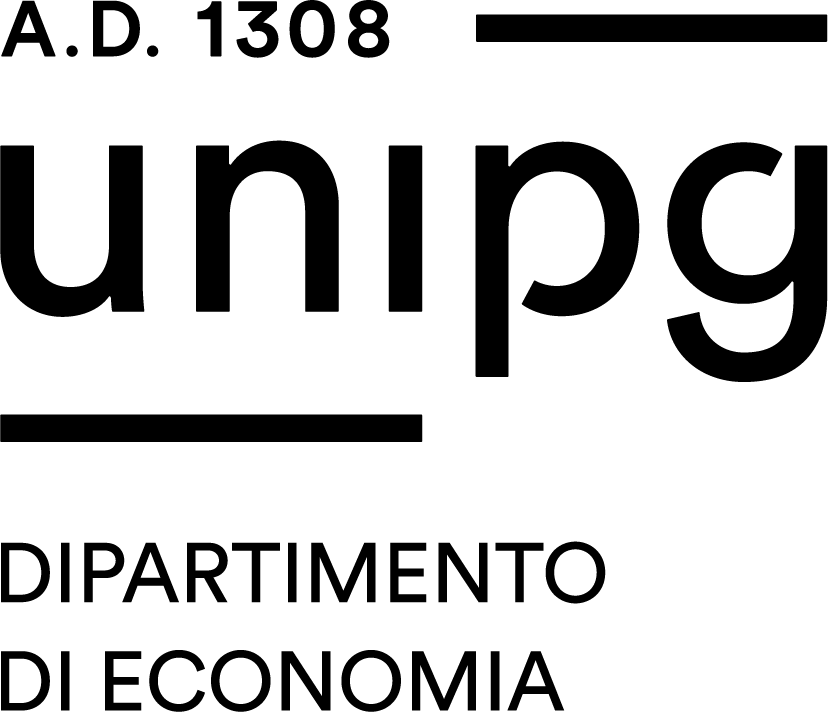Study-unit FINANCIAL MARKETS AND INSTITUTIONS
| Course name | Business administration |
|---|---|
| Study-unit Code | 20001909 |
| Location | PERUGIA |
| Curriculum | Comune a tutti i curricula |
| Lecturer | Loris Lino Maria Nadotti |
| Lecturers |
|
| Hours |
|
| CFU | 9 |
| Course Regulation | Coorte 2023 |
| Supplied | 2025/26 |
| Supplied other course regulation | |
| Learning activities | Caratterizzante |
| Area | Aziendale |
| Sector | SECS-P/11 |
| Type of study-unit | Obbligatorio (Required) |
| Type of learning activities | Attività formativa monodisciplinare |
| Language of instruction | Italian |
| Contents | The elements that make up the financial system and the regulatory system. Nature and functions of the financial system. Elements fora theory of financial intermediation. The functions and characteristics of the securities. Types, activities and risks typical of intermediaries. Functions, constraints and management of equity in the intermediaries. |
| Reference texts | NADOTTI-PORZIO-PREVIATI (a cura di), Economia degli intermediari finanziari, McGraw- Hill, Milano, 2022 4^ edizione in stampa. –Textbook for Erasmus students: DE HAAN J.- OOSTERLOO S.- SCHOENMAKER D., Financial Markets and Institutions, A European Perspective, Cambridge University, 2020 Edition (ad esclusione di: Chapters 6 and 14, Par.13.6 and Boxes 2.4, 9.4, 11.1, 11.3, 11.4). - Recommended reading for further study: FORESTIERI G. - MOTTURA P., Il sistema finanziario, VI edizione, Egea, Milano, 2013.- ONADO M., Economia e regolamentazione del sistema finanziario, Il Mulino, Bologna, 5th ed. 2021. |
| Educational objectives | This course provides basic knowledge about markets, instruments and financial intermediaries. The goal is to teach students to analyze the structural and functional characteristics of financial markets, the types of financial instruments in relation to the needs of users and the different types of financial intermediaries both operational and management, with particular attention to risks they bear. The key to the interpretation of financial intermediaries is that they evolve in a logic of continuous innovation to support the economy and development of the countries and citizens. After passing the exam, the student should be able to: understand, evaluate and use the main financial instruments; operate and set properly the relationship with brokers; known functions and objectives of the supervision of intermediaries. |
| Prerequisites | In order to understand the course content and achieve the objectives of learning for both students attending, and for those not attending it is important to know: the basic concepts of political economy and business economics; the basics of reading and analysis of company financial statements; the basics of financial mathematics (interest, discount, present value, amortization schedules);the basic concepts of private law contracts and obligations. |
| Teaching methods | Theoretical lessons; Tutorials on specific parts of the course (online), to be announced in good time from October, by student tutors; Thematic seminars by lecturers, professionals and financial system operators; Thematic seminars organized by students (individually or in groups) to be agreed with the lecturers |
| Other information | Attendance at lessons: Optional but strongly advised. Location: Department of Economics, Via Alessandro Pascoli, Perugia Exam time schedule: See the official calendar of the exams of the Department of Economics |
| Learning verification modality | The assessment test will be only at the end of the course. The objective of the test is the test of his proficiency by the candidate of all the topics included in the course program. The exam will be in written form. The written test takes place in a maximum of one hour and 30 minutes, It will cover three subjects from those of the whole program of the course. The written exam consists of 4 open answer questions. |
| Extended program | This course provides basic knowledge about markets, instruments and financial intermediaries. It will analyze all the elements that characterize the financial system, the system of regulation and supervision and its evolution following the recent crisis. The goal is to analyze the structural and functional characteristics of financial markets, the types of financial instruments in relation to the needs of users and the different types of financial intermediaries, in two viewpoints, operational and management, with particular attention to the risks that they bear. The key to the interpretation of financial intermediaries is that they evolve in a logic of continuous innovation to support the economy and development of countries and citizens. |
| Obiettivi Agenda 2030 per lo sviluppo sostenibile | Financial Literacy for reducing gender gaps |


